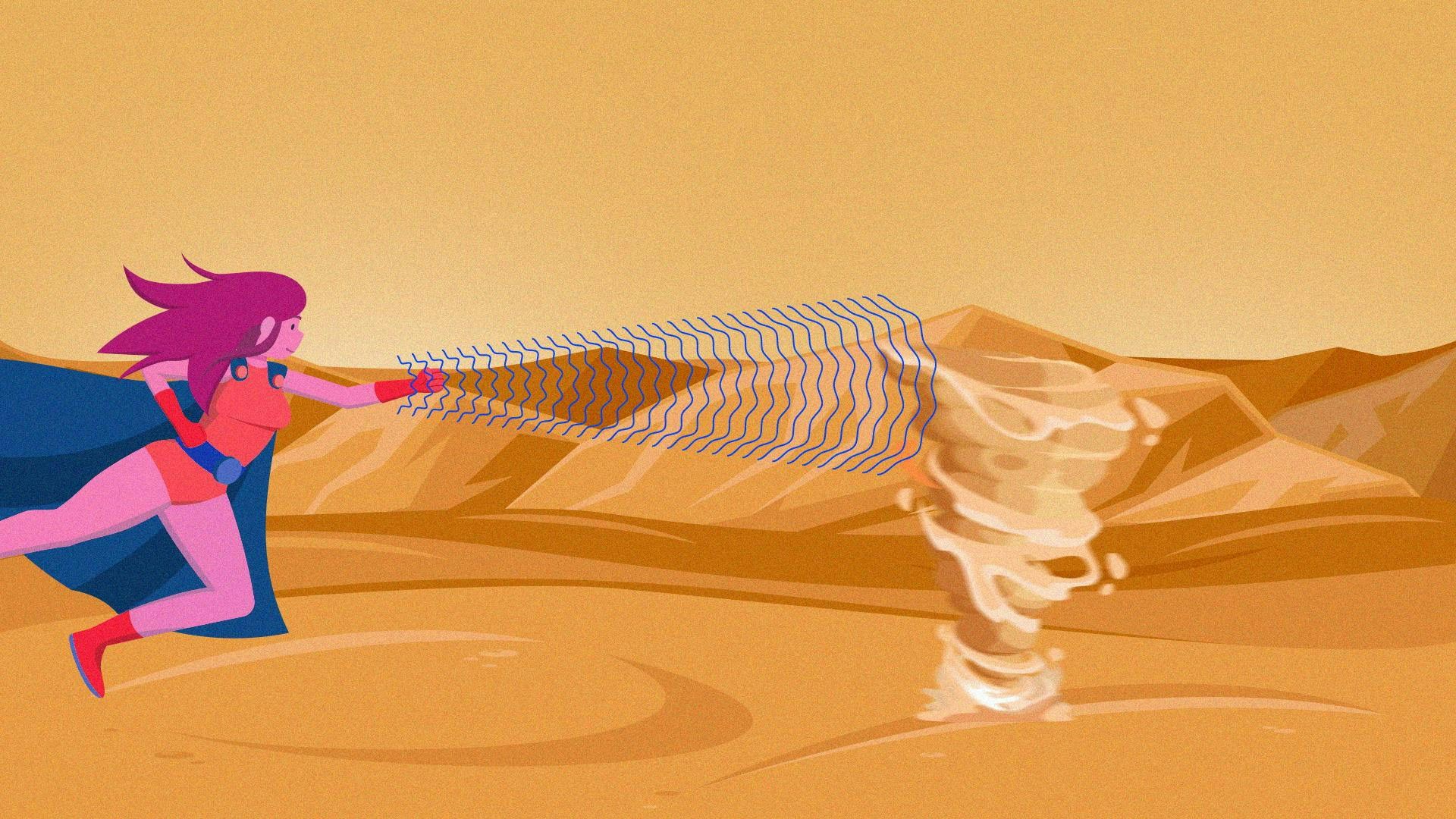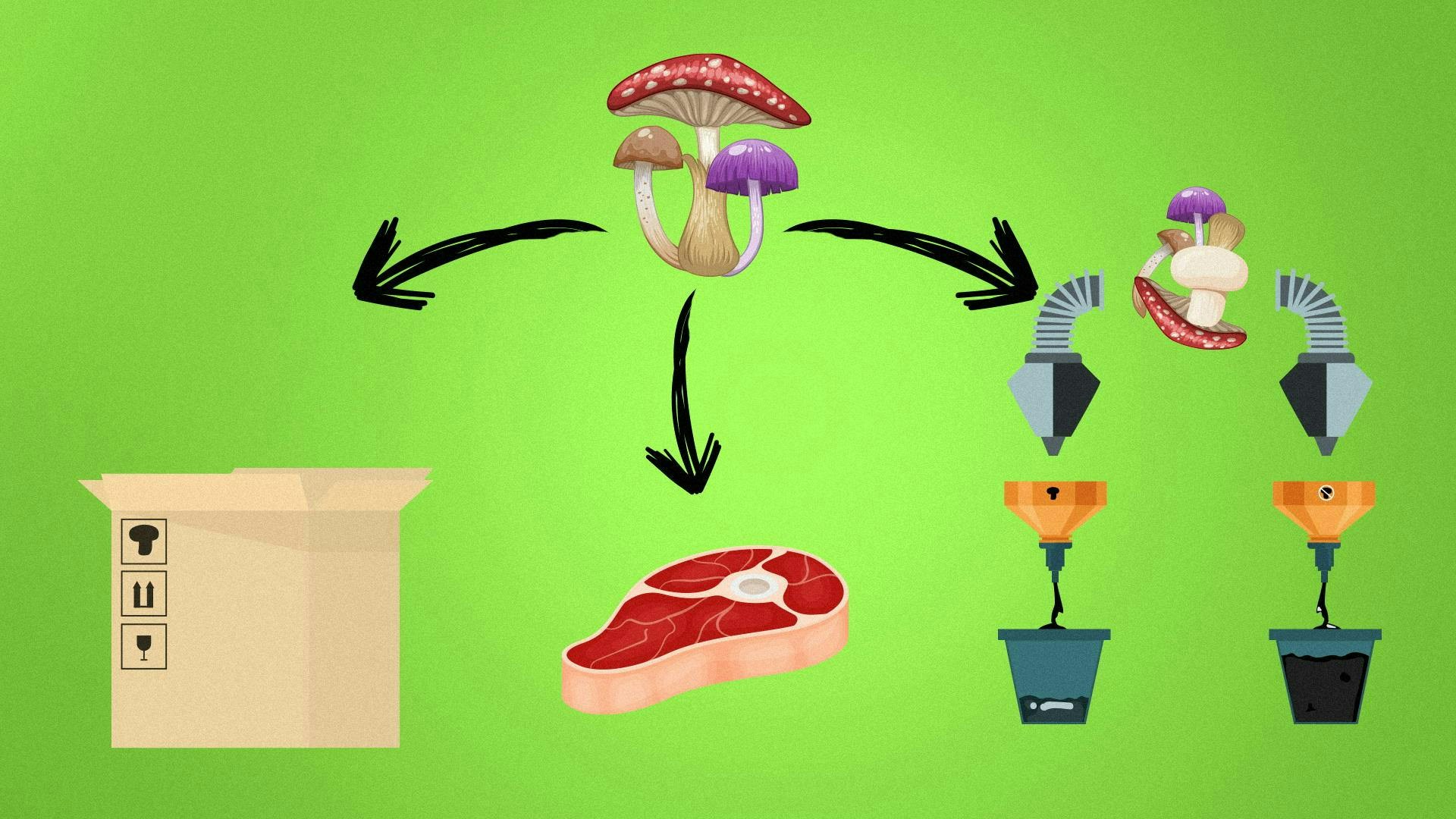Not just sci-fi: Acoustic levitation

TOPICS
ForesightWhat in the name of tech is acoustic levitation?
You thought only Jedi masters could levitate?
Levitation, often (understandably) reduced to the realm of science fiction, has nourished many daydreams. Acoustic levitation could make those dreams real: It’s the use of sound to lift and manipulate objects.
Sound is more than what meets the ear: It creates pressure waves. When manipulated correctly, you can create a pocket between the areas where maximum and minimum pressure occur. Acoustic levitation exploits this phenomenon by trapping small objects in that steady zone, enabling what’s there to counteract gravity.
The physical principles behind the technology have been known since the 19th century. But it wasn’t until 1933 that two researchers in Poland demonstrated acoustic levitation using vibrating quartz crystals. In the late 20th century, scientists discovered how to levitate objects more reliably. The most exciting practical applications include handling delicate materials in zero-gravity environments.
NIFTY FACT: You can manipulate elements from a distance!
Like the optic tractor beam technology we mentioned in a previous Not Just Sci-Fi, Nasa used acoustic levitation to handle delicate substances without physical contact, eliminating contamination risks. Unlike light, sound “works with any material and can be achieved with a relatively simple apparatus.”
The technique is so versatile that Nasa routinely uses it to study the behaviour of liquids and particles in microgravity-like conditions. In 2005, it successfully levitated and processed three samples at temperatures from 600°C to 1550°C. Acoustic levitation is also considered a potential means to cope with dust storms on Mars.
WHEN WILL IT LEVEL UP MY WELLNESS PRACTISE?
We’ll be honest: You’re unlikely to levitate while enjoying a sound bath anytime soon.
Acoustic levitation has mostly been used in material sciences, due to the unique “containerless sample environment” it provides. It eases study, synthesis and manipulation of materials, including liquids, under high-purity conditions.
As such, it’s mostly been confined to labs … but this is slowly changing. L’Atelier’s tech intelligence data engine reflects a steadily-growing number of patents for acoustic levitation, and a significant number of recently distributed grants: $2,9M in 2021, and $1,3M in 2022.

An obvious application for this technology will likely be in the medical field: The ability to manipulate objects without contact could provide a near-perfect sterile environment. It can also be used to perform complex surgeries and facilitate contactless drug delivery.
Acoustic levitation is also under consideration in additive manufacturing. Scientists from the Public University of Navarre in Spain recently showcased the construction of a small box from sticks, all in mid-air. Though acoustic levitation can’t replace cranes just yet, one day it could.
Imagine the impact on cities of the future: Fewer streets clogged with heavy equipment, and edifices that “build themselves”!
Drumroll for the application we’re most likely to get at home: Mid-air haptic and holographic displays. Using sound waves to levitate small particles, researchers can create 3D images viewable from any angle, offering a unique and immersive visual experience. Additionally, with mid-air haptic feedback, you’d be able to “feel” virtual objects or device controllers for things like VR systems, elevating display and gaming experiences to a whole new level. Recent related research projects, funded by the European Commission, include SonicSurface and Touchless.
We’re just a few years away from what may look like magic, even to our jaded eyes. Brace yourself for an uplifting future; acoustic levitation is not just sci-fi.
In "Not just sci-fi," Nathalie Béchet breaks down the research reality and market potential of technologies that capture our imagination. Previous pieces have covered tractor beams, claytronics and aerographene.
Data on publications and patents courtesy of The Lens. Investment data: Pitchbook. Grants funding: Elsevier.
21 Dec 2023
-
Nathalie Béchet
Illustration by Thomas Travert.
Weekly missives from the future, just in time for the new year.
02/03
Related Insights
03/03
L’Atelier is a data intelligence company based in Paris.
We use advanced machine learning and generative AI to identify emerging technologies and analyse their impact on countries, companies, and capital.


